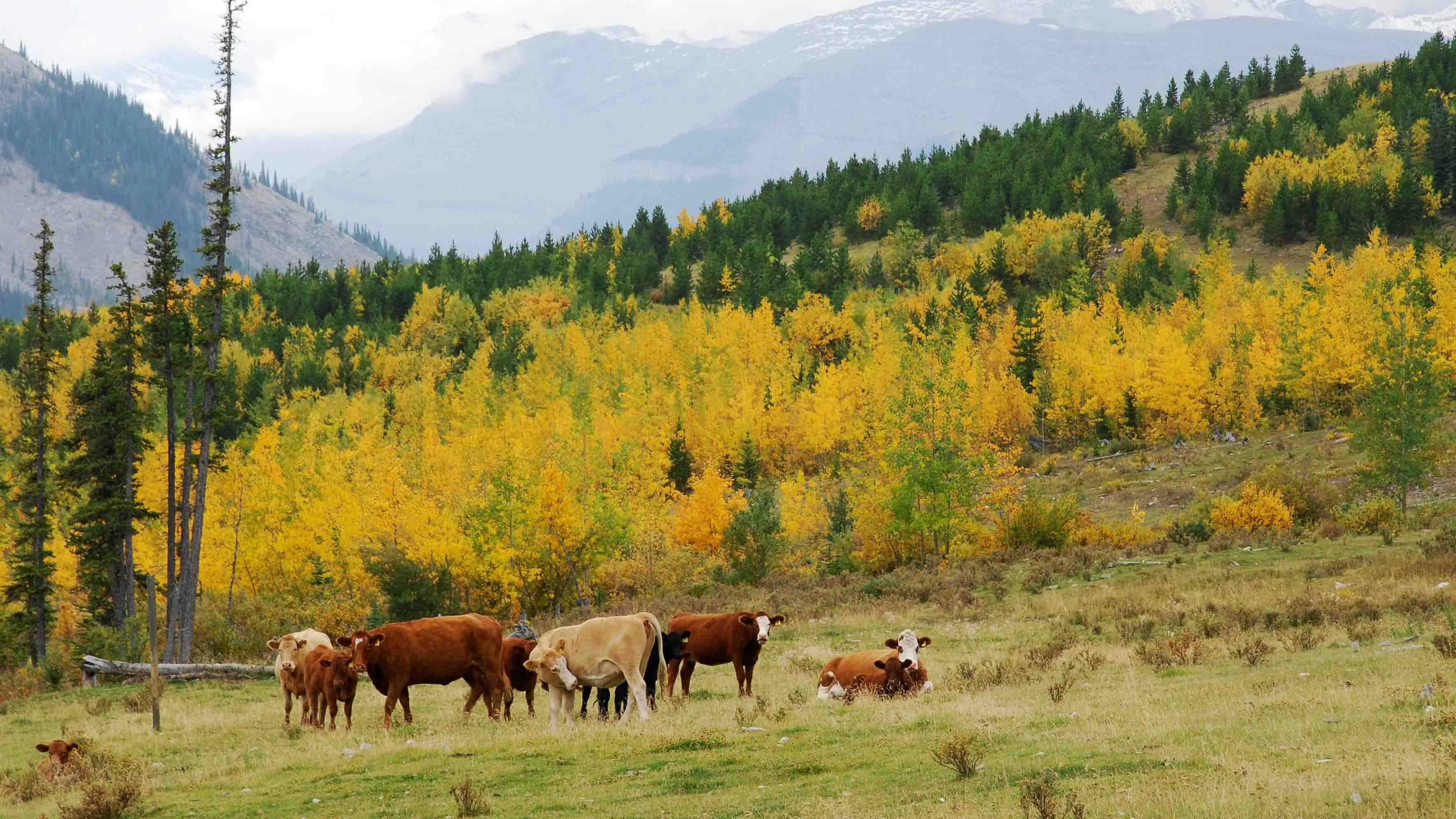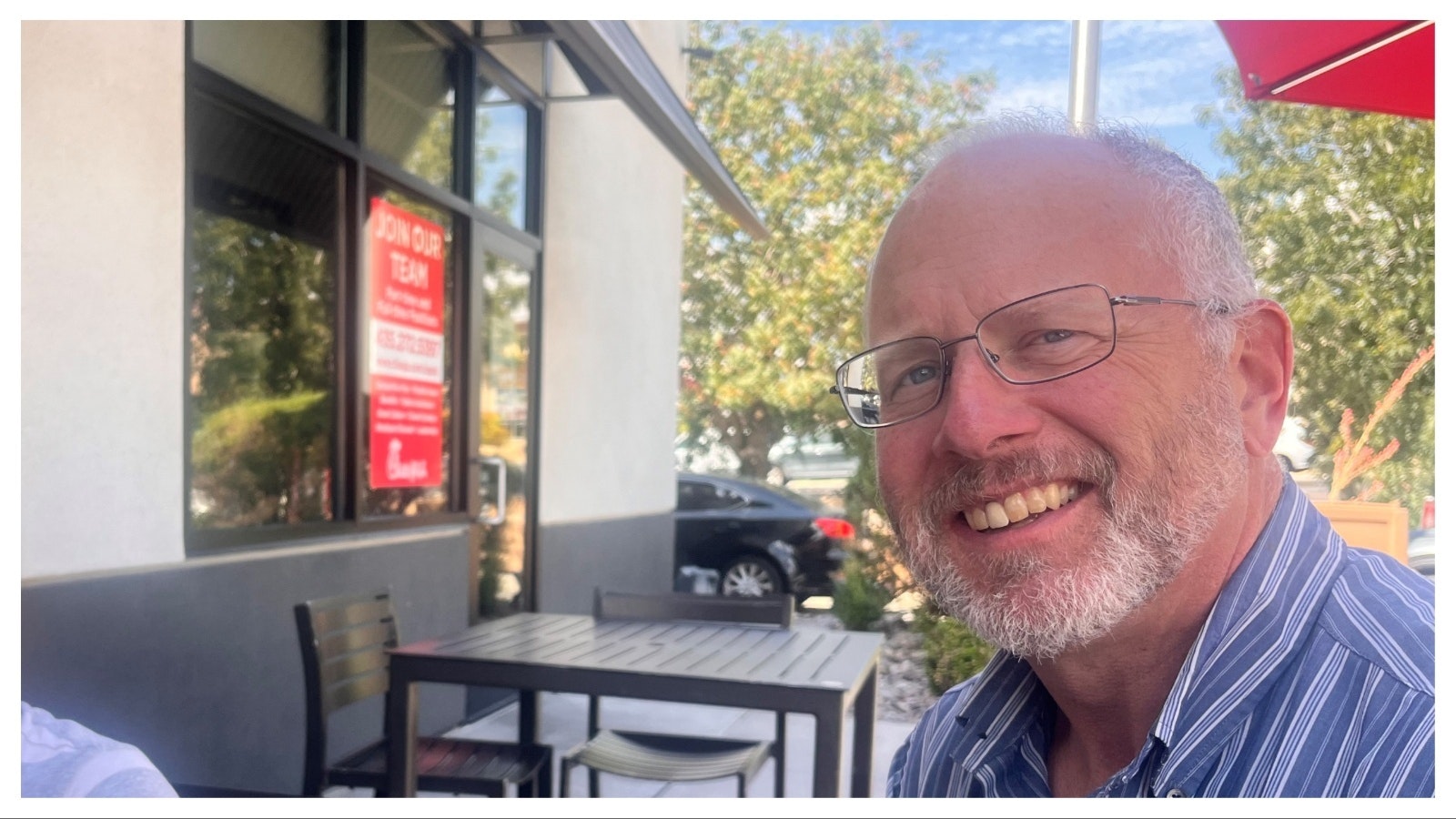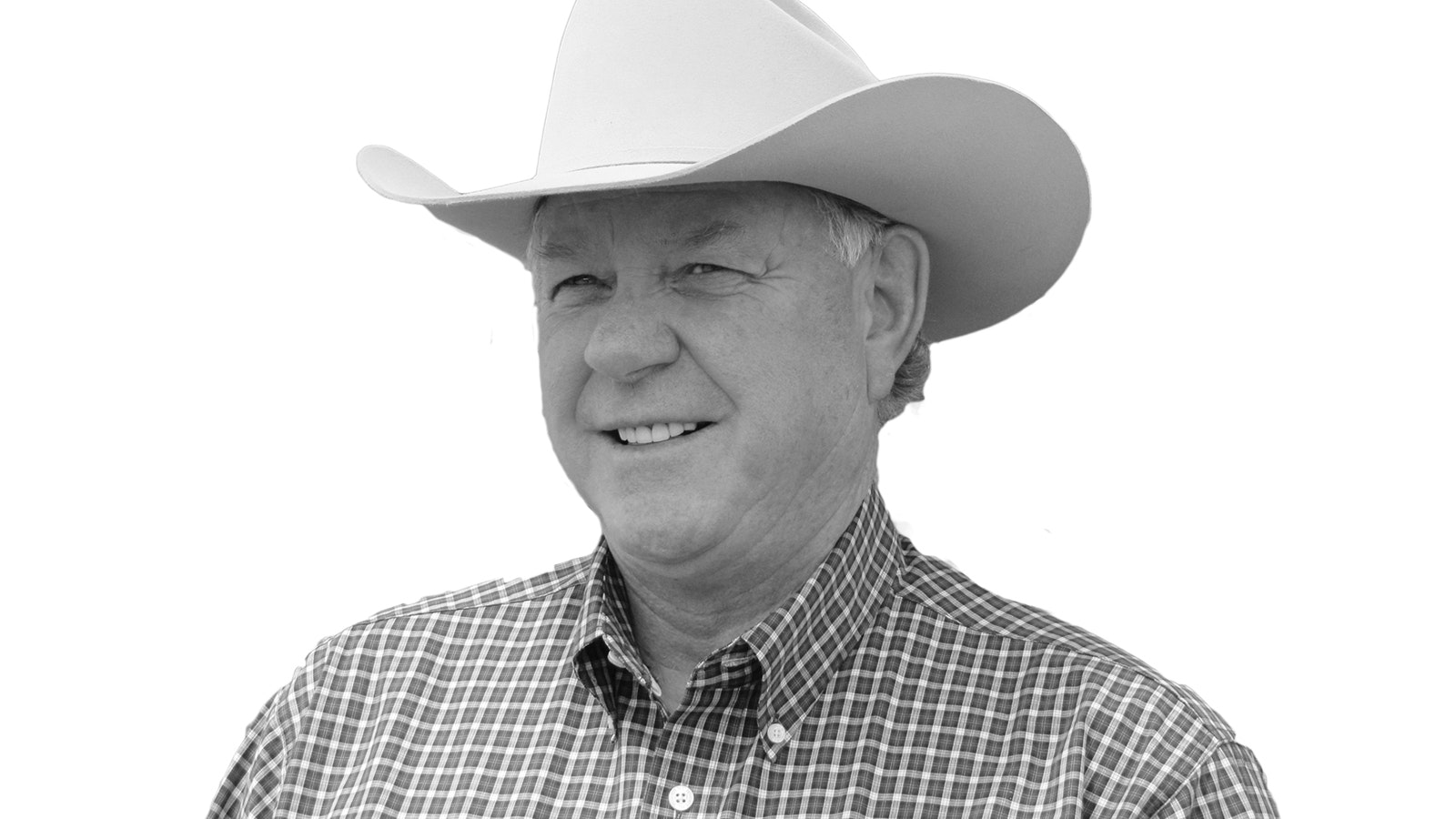It is a good time of year for those in the livestock business. It’s busy but rewarding. There are a lot of cattle trucks on highways leading into the region, and it only means one thing – ranchers are shipping calves.
Despite the high costs of managing a ranch, there are rewards.
Most experts predict cattle prices will stay higher because of the low number of cattle across the nation and the slow rebuilding of cattle herds. We will know more about heifer retention in a couple of months, which is the key to higher cattle numbers.
I read a report from Darrell Peel, professor of agricultural economics and Extension specialist for livestock marketing at Oklahoma State University.
He says, “Current prices for calves are roughly 18 percent higher than March and April prices, and heavy feeder cattle prices are higher than spring prices by over 30 percent. Feeder cattle prices are sharply higher this year compared to one year ago. Feeder steer and heifer prices at Oklahoma auctions are higher by 45 to 55 percent, compared to the end of September 2022.”
Peel continues, “The situation for cull and replacement cows is similar to feeder cattle with sharply higher prices and reduced volumes year over year. Average auction prices for cull cows in Oklahoma are about 35 percent higher this fall compared to last year. The volume of bred and breeding cows is down 28 percent year-to-date and down 45.6 percent since the end of June. Auction prices for bred cows are up roughly 50 percent year-over-year. I am hearing anecdotal reports of bred cow prices jumping sharply this fall.”
While these statistics are based on Oklahoma prices and volumes, they are similar to this region. The low volume will keep beef prices high for producers for at least the next year, maybe even longer for consumers at the meat counter
For the short term, supplies of market-ready cattle are supposed to grow increasingly thin in the fourth quarter of 2023, which could ignite another rally in the cash cattle market. Fat cattle weights, consumer demand and packer profitability are all going to affect prices of beef at the meat counter, and the big driver is the low numbers of cattle nationally.
We know the prices for cull bulls and canner cows should stay strong, as 60 percent of processed cows goes to hamburger.
There is a new insurance option announced by the U.S. Department of Agriculture (USDA) for livestock producers in several states, which will be available in 2024.
The Weaned Calf Risk Protection policy, offered by the USDA’s Risk Management Agency, offers actual production history coverage for beef cow/calf producers to insure revenue from their spring-calving operations.
These policies will insure producers against yield losses due to natural causes such as drought, excessive moisture, hail, wind, frost, insects and disease. This new insurance coverage is provided for a decline in price and loss of yield due to a decrease of overall weaning weight revenue.
The program will be available in Colorado, Nebraska, South Dakota and Texas. This program should be made available in all states. The insurance is sold and delivered solely through private crop insurance agents.
Around the first of the year we will have a better look at calves raised and sold to help get a handle on what’s happening with all cattle numbers.





